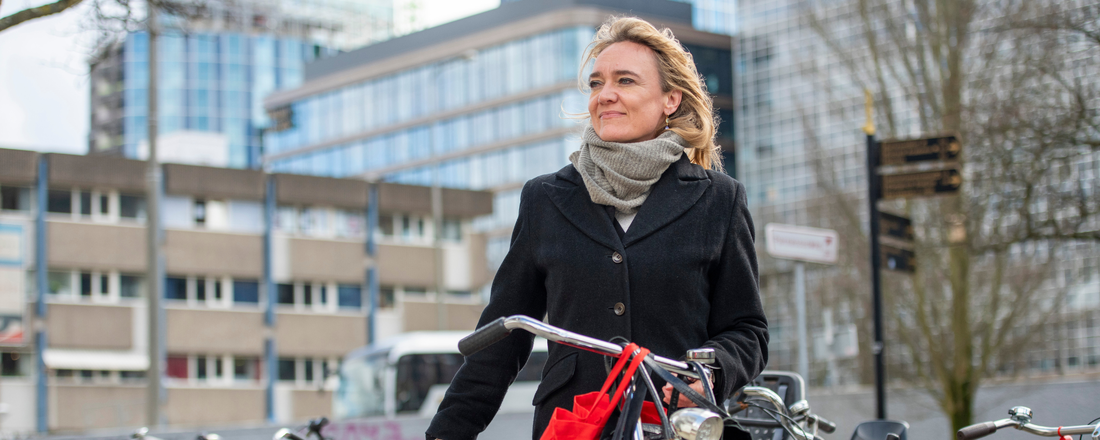Get updates from The Developer straight to your inbox Yes, please!
Gender and climate change: How addressing gender equality could help tackle the climate emergency
Making sustainable mobility services and public transport more accessible to women can achieve a faster shift to sustainable transport and deliver low carbon development, writes Susan Leadbetter and Jackie Genova
D evelopers and local authorities in both the public and private sectors face increasing pressure to meet ambitious net-zero carbon targets. This means delivering developments that incorporate sustainable transport and mobility options.
While the majority of solutions on mobility in our spaces and places centre on technological advancements and infrastructure improvements, our whitepaper, Cultivating Inclusive and Green Transport, highlights a crucial yet often-overlooked dimension: gender equality.
Part of our focus should be making sustainable mobility services and public transport more accessible to women, for example addressing safety considerations, in order to grow demand for, and achieve a faster shift to sustainable transport and delivering low carbon development.
Gender shapes mobility and travel behaviour in significant ways, including how people move, how they are perceived by others, what they pay, where they go, and with whom they travel
According to the UK Committee on Climate Change we need to shift 9% to 14% of car journeys to active travel by 2050, as well as between 5 to 8% to public transport in the same period to meet our national net zero target. Our focus will need to be on people not currently using either.
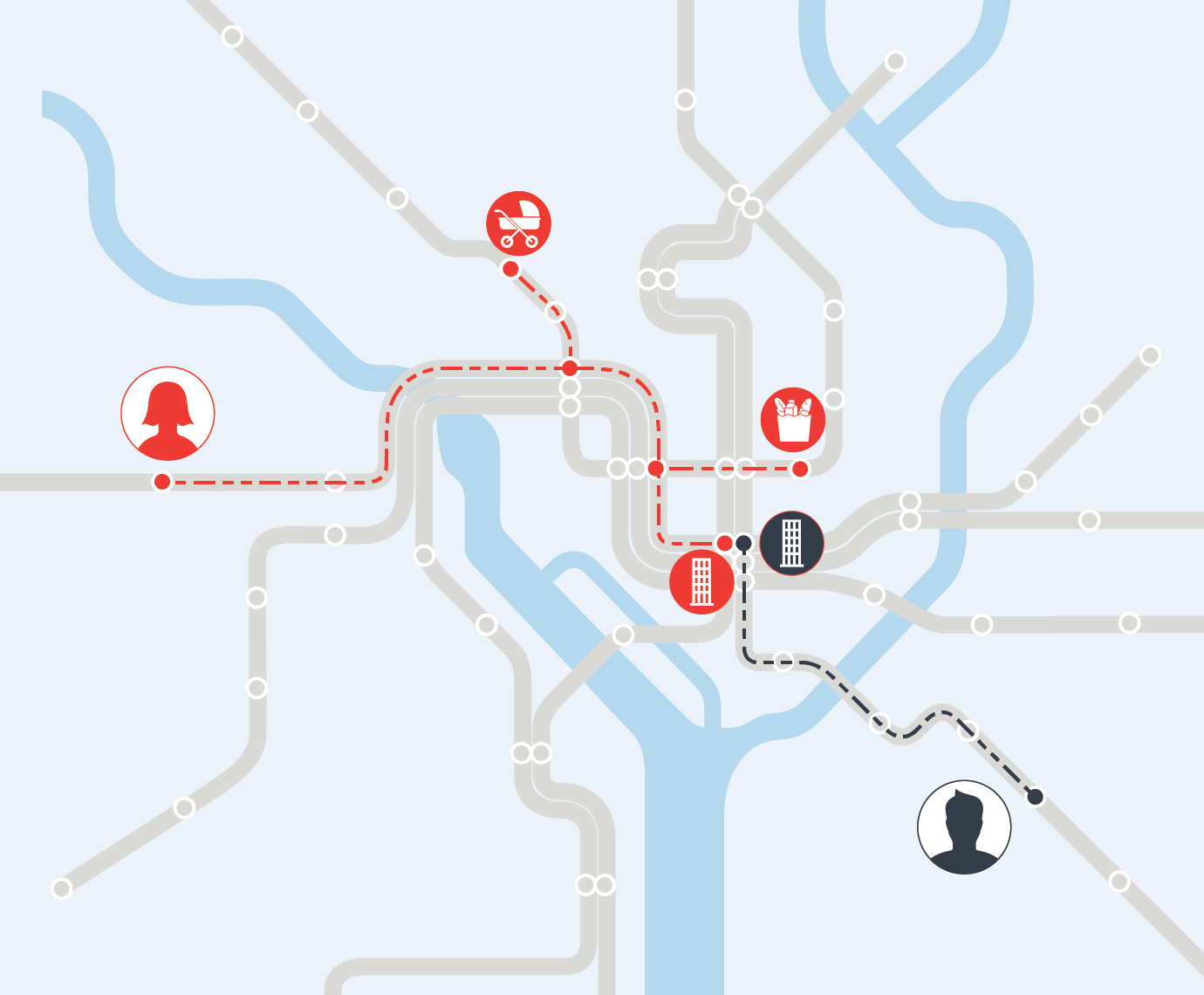

If we can successfully address safety, accessibility and mobility, we can all access a new superpower in our efforts to tackle the carbon challenge when delivering the places we all live, work, visit and play.
So how does gender influence mobility?
Gender shapes mobility and travel behaviour in significant ways, including how people move, how they are perceived by others, what they pay, where they go, and with whom they travel.
These differences arise from gendered divisions in household care responsibilities, safety concerns, and socio-economic conditions, which together create distinct travel patterns between women and men.
For instance, women commute shorter distances, make more multi-stop journeys (known as "trip chaining"), travel during off-peak hours, and are more likely to travel with others, such as children or elders. Consequently, women often incur higher overall mobility costs despite cost-saving efforts and are disproportionately affected by safety concerns across transport modes.
The failure to account for these gendered experiences in the design of transport and mobility strategies not only perpetuates inequality but also discourages the adoption of sustainable transport modes
As evidenced by the British Transport Police’s latest annual travel survey, they also face an elevated risk of sexual harassment and violence while using and waiting for transport, particularly when their commutes require more time spent walking and waiting in isolated areas.
The failure to account for these gendered experiences in the design of transport and mobility strategies not only perpetuates inequality but also discourages the adoption of sustainable transport modes.
It is something many developers are addressing either through statutory impact assessments; or stand-alone assessments, for example Safety Inclusion Assessments that WSP are now undertaking on behalf of many public and private sector place-based clients.
For example we’ve just completed a series of safety and accessibility audits with the Earls Court Development Company, working closely with their Public Realm Inclusivity Panel and ZCD Architects to address gender equal design far beyond the boundaries of the site.
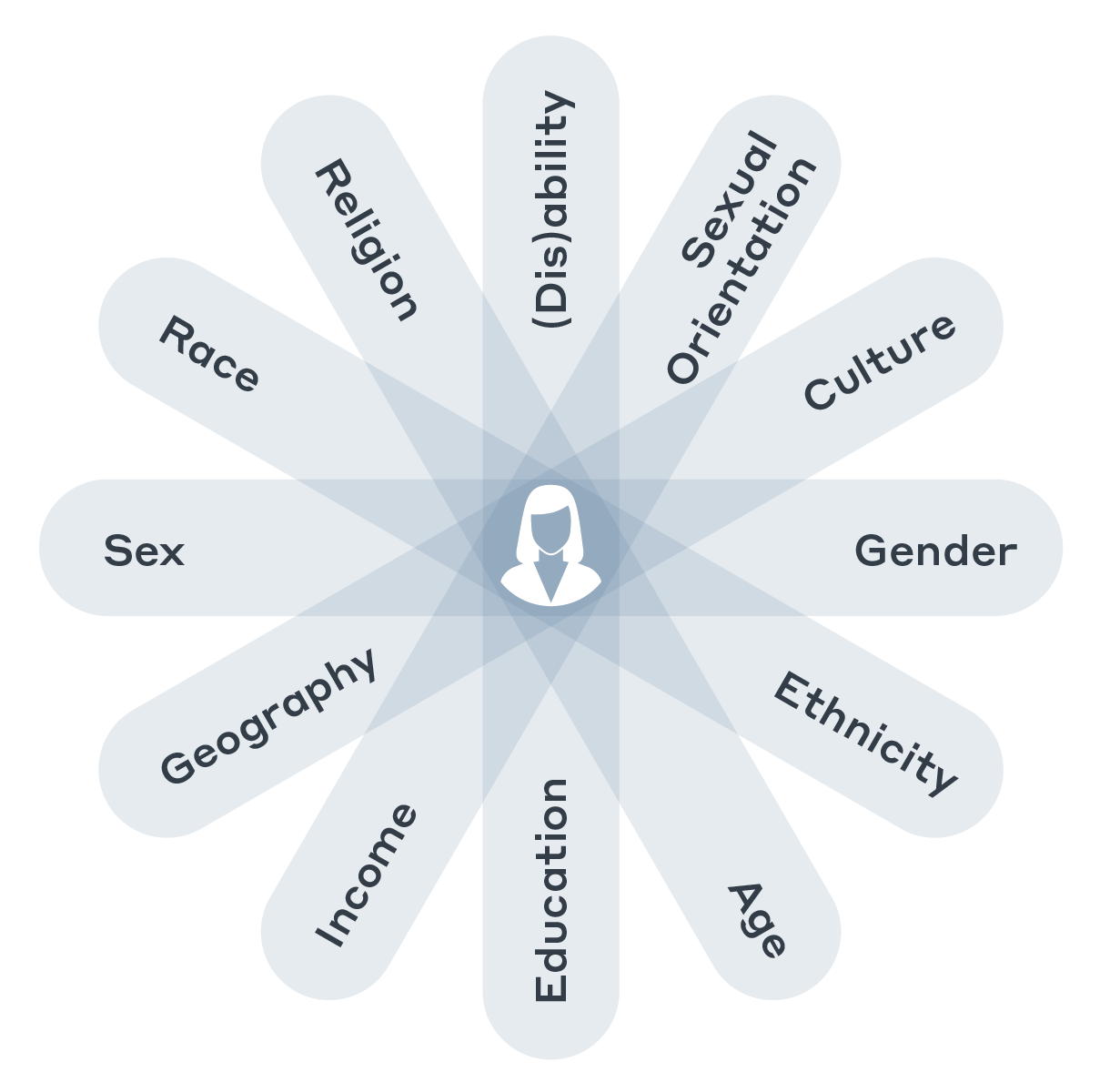
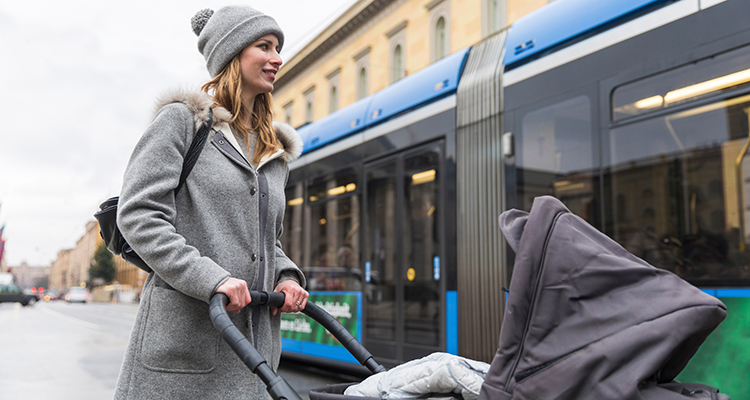
As placemaking professionals, understanding and planning for these differences is key to the design and delivery of equitable places and development. Only then can we create places and spaces that are inclusive, efficient and sustainable to accommodate the needs of all that use them.
The importance of intersectionality in placemaking
To fully understand and address the challenges faced by women and gender-diverse individuals in our spaces and places, we should adopt an intersectional approach. Intersectionality refers to how various aspects of a person’s identity, such as gender, race, age, ability, and socio-economic status, intersect and influence their experiences. These intersecting identities can intensify barriers, making accessing mobility even more challenging for marginalised groups.
An intersectional approach acknowledges that each person’s interaction with a public space is shaped by the simultaneous influence of their multiple, co-existing identities, which inform their unique needs, backgrounds, and experiences (adapted from Crenshaw, 1989).
For example, a woman with a disability may face greater difficulties in accessing public transport due to both physical barriers and safety concerns. Similarly, women from culturally diverse backgrounds may encounter harassment that is both gendered and racialised. Understanding these intersections is crucial for designing transport systems and mobility ecosystems that are truly inclusive.
By applying an intersectional lens to mobility, we can create equitable and effective solutions that address the specific needs of diverse groups. This approach enhances the overall accessibility and usability of transport systems for everyone.
The broader impact of gender-responsive transport
Interventions aimed at improving transport safety and perceptions of safety also benefit communities more broadly, improving conditions for everyone—including men—and serving as powerful catalysts for widespread social, economic and environmental benefits including improved performance of businesses and retail. Benefits are outlined in the graphic below:
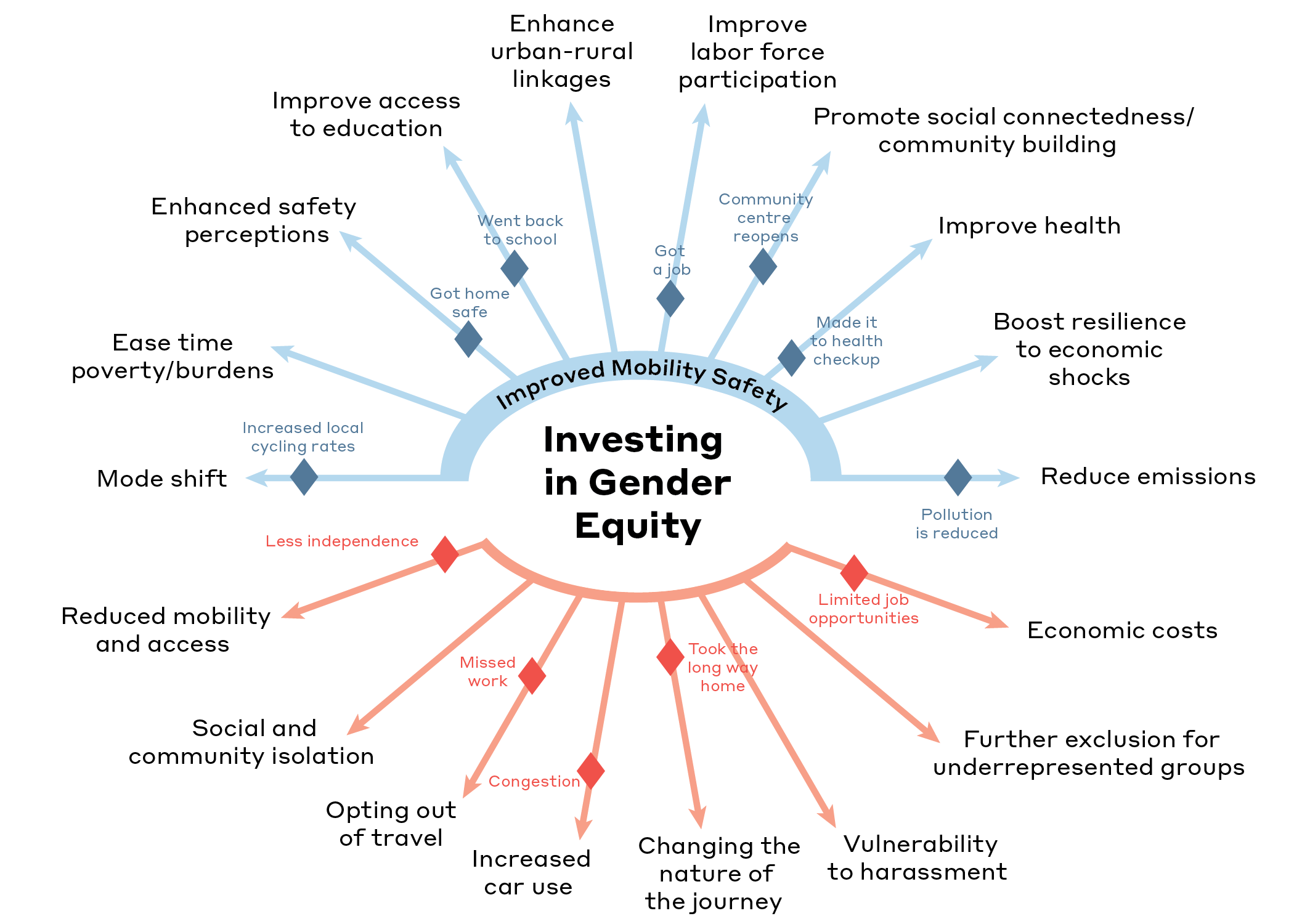
Towards a more equitable and sustainable future
The UK is ambitious in wanting to be a global leader in sustainable mobility, but it is also a home to an abundance of developers, led by progressive place leaders who are prepared to invest in spaces and places that prioritise equitable and sustainable mobility.
This is matched by ambitions to reduce their overall carbon footprint, but as carbon emissions become more stubborn for developers and local authorities to address, they will need to innovate and look outside of the box.
Co-designing and prioritising investments and interventions that respond to intersectional needs, particularly those of women, girls and other gender-diverse people, is a low-cost and high-impact solution. It can also increase a developer’s broader social value and impact, and plays a big role in their overall local and national reputation.
The path to a zero-carbon future is inseparable from the creation of safer, more inclusive transport systems—ones through which everyone, regardless of gender or background, can travel freely and equitably. It is time to seize the opportunity to lead this transformation.
Susan Leadbetter is a Principal Consultant in WSP’s Mobility team, and Jackie Genova is a gender researcher and specialist at UCL as well as a Consultant for WSP.
Find out more Visit placemaking at WSP or read the full whitepaper
If you love what we do, support us
If you can, please support journalism on place: Become a member, advertise or sponsor, buy tickets to our events or support us on Patreon. We are grateful to our supporters. Be part of it.
Sign up to our newsletter
Get updates from The Developer straight to your inbox
Thanks to our organisation members
Become a member
© Festival of Place - Tweak Ltd., 124 City Road, London, EC1V 2NX. Tel: 020 3326 7238
